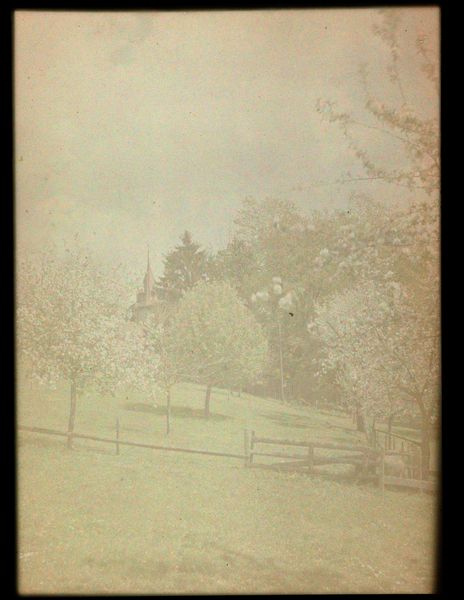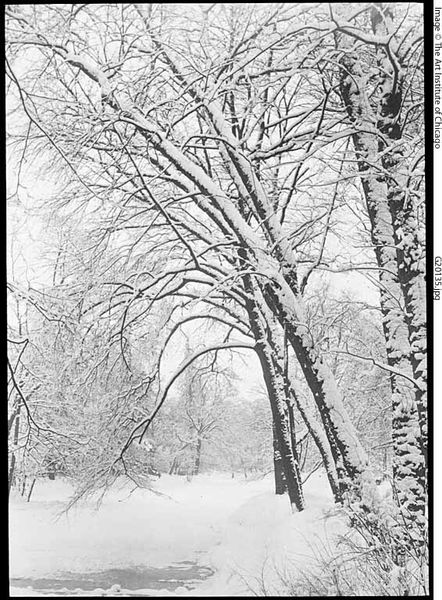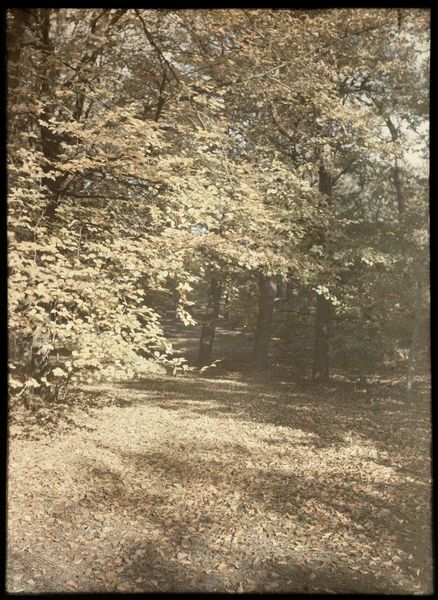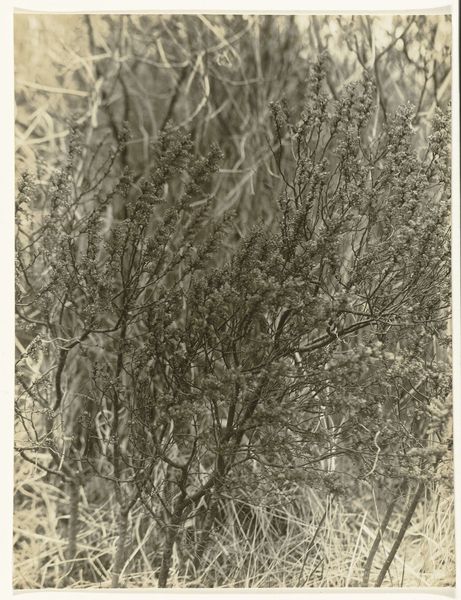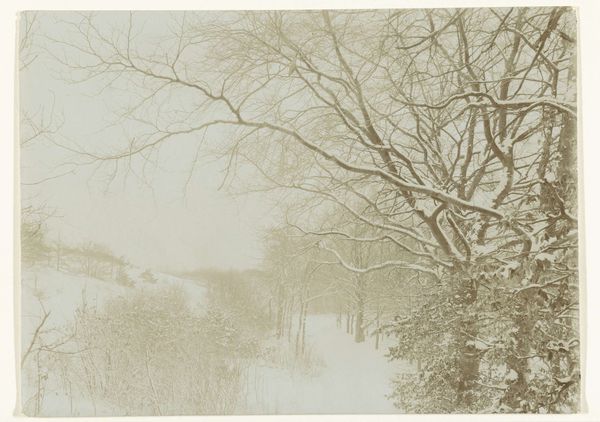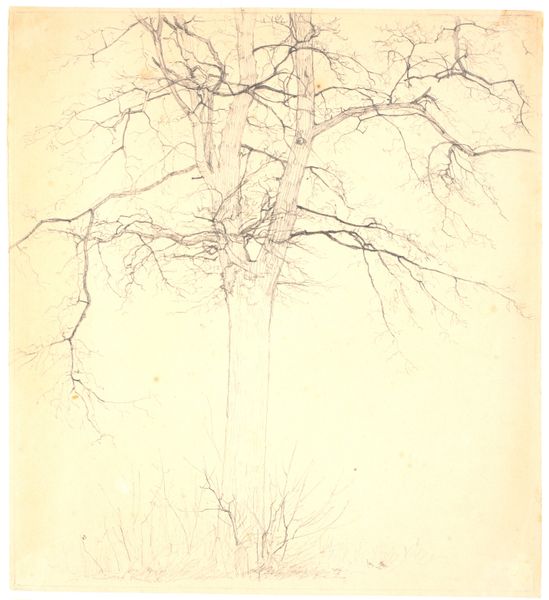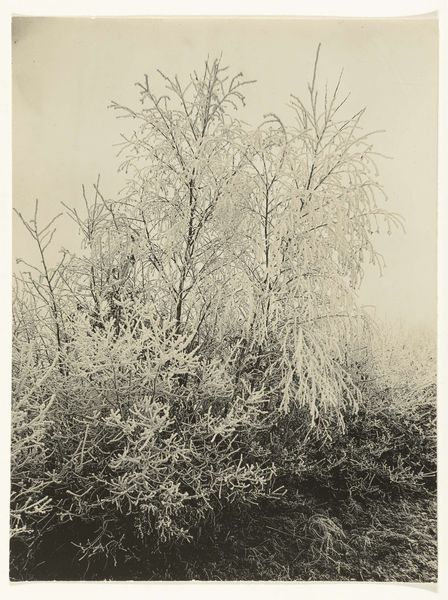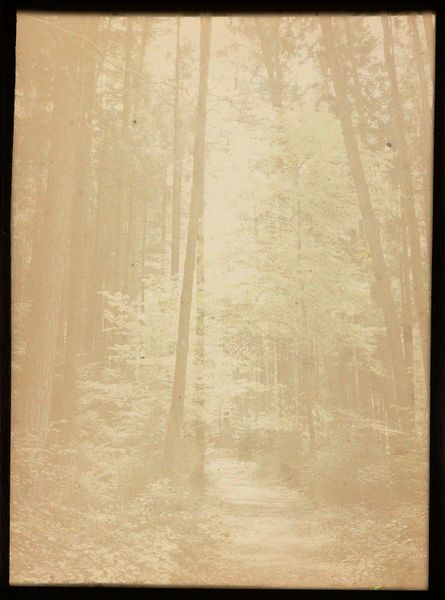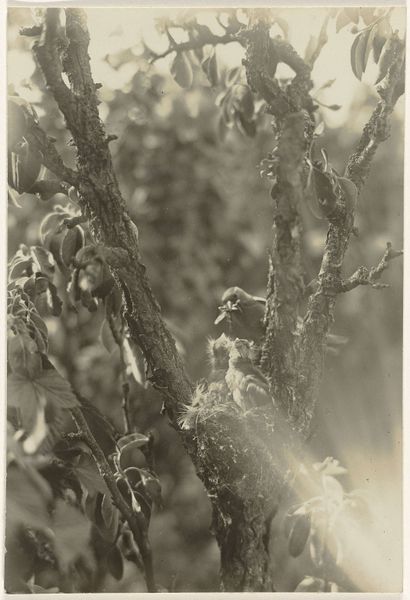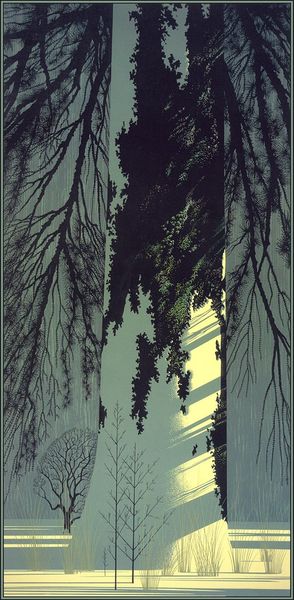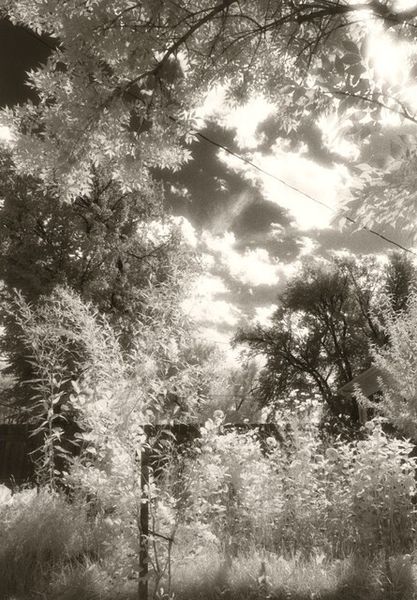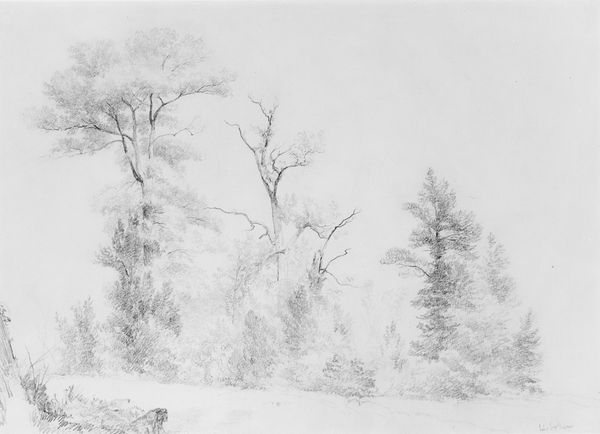
drawing, ink
#
drawing
#
landscape
#
ink
#
plant
#
line
#
monochrome
Copyright: Eyvind Earle,Fair Use
Editor: Here we have Eyvind Earle’s “Pine Branch,” an ink drawing from 1951. It's strikingly simple, almost minimalist, with the delicate lines creating a peaceful mood. What strikes you when you look at this piece? Curator: Immediately, I think about the socio-economic context of post-war America and the ready availability of the materials. Ink and paper became democratized mediums. It's not about high art, it's about accessibility and the act of making itself. Note how the line quality emphasizes the physical gesture of the artist's hand. What about the labor involved interests you? Editor: It’s fascinating to think of drawing as accessible, but what about Earle’s intention in depicting this subject matter specifically, and this precisely? Curator: Look at the density and repetition. Think of this in terms of the mass production aesthetic that defined the era. There’s an almost mechanical rendering in the precise repetition of the pine needles. Could this reflect society's increasing industrialization? How might mass production relate to art production for Earle? Editor: That’s an interesting contrast to the natural subject. It almost feels like he's processing nature through an industrial lens. So you’re seeing the ink not just as a medium, but as a product that reveals larger truths about art and culture? Curator: Exactly! And the drawing itself as a manufactured object of aesthetic experience available for circulation. A single print of the Pine Branch can enter a home or gallery to be consumed visually, again reflecting material culture. The question becomes not what the pine branch *is* but what it *does*. Editor: I see that, the piece as an object of mass appeal. I didn't realize that materials themselves could tell such complex stories about the world it came from! Thanks for enlightening me. Curator: Of course. Focusing on the process, labor and materials provides a tangible entry point into understanding an artwork's place in culture. It transforms how you think of the work beyond subject and beauty, doesn't it?
Comments
No comments
Be the first to comment and join the conversation on the ultimate creative platform.
